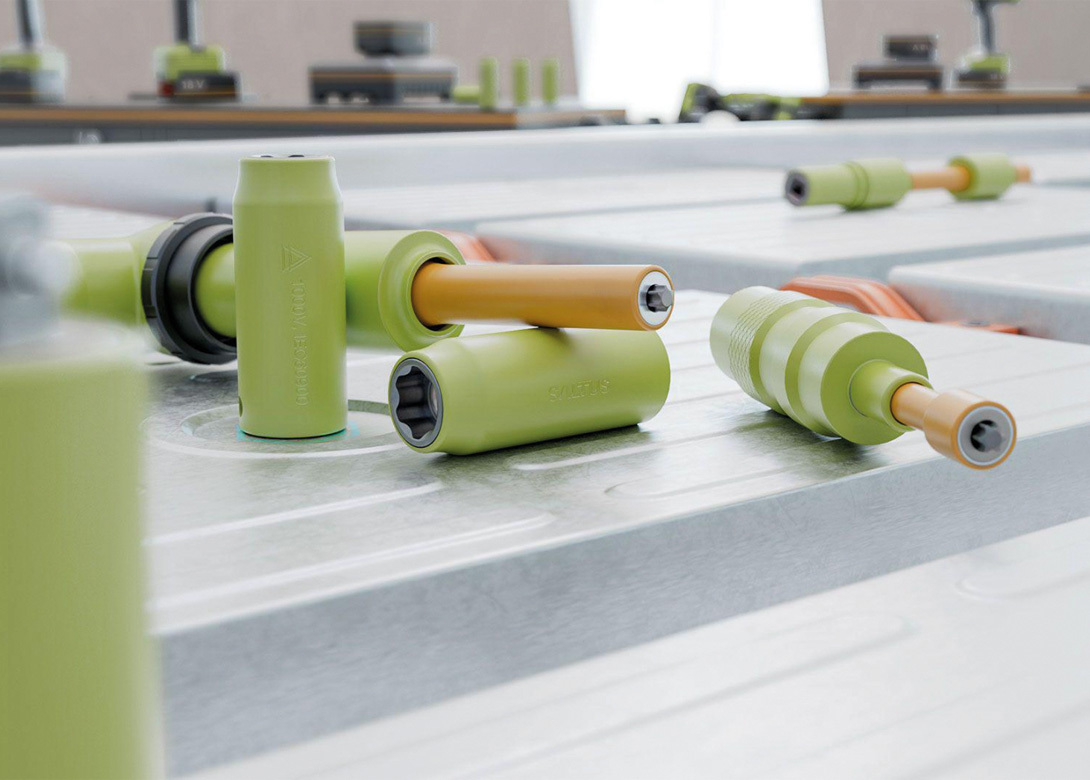
Sockets and bits are small yet critical components that are often overlooked in the assembly process. They sit between the tool and the fastener and play important roles in tightening procedures, in safety, and with long-term costs.
More than 1,400 different high-quality sockets in various versions, lengths, and displaying other useful features, are available from manufacturer Atlas Copco. The company says that durable sockets and bits cut down on operating expenses over time, as well as their ergonomics and safety features helping to improve productivity.
However, to produce industrial sockets and bits, high grade alloy steel is used; steel alloy with a high carbon content gives a fastener drive a high-level of hardness and strength. The alloyed, quenched and tempered steels are versatile and are mainly used in machine, automobile and vehicle construction. High-levels of strength and toughness mean the sockets can last longer and withstand greater stresses.
Today, an increasing focus on ‘safety first’ is also underway and in response to this need for improved operator safety, Atlas Copco’s Rotaction socket concept with freely rotating sleeves has emerged. This covers tool-to-socket and extension-to-socket connections that significantly improve operator safety and prevent accidents such as pinched or cut fingers that might be experienced while tightening a joint. The product also minimises the risk of scratches and marks on painted surfaces, lowers friction, and increases resistance to abrasion.

Will joined Fastener + Fixing Magazine in 2007 and over the last 15 years has experienced every facet of the fastener sector - interviewing key figures within the industry and visiting leading companies and exhibitions around the globe.
Will manages the content strategy across all platforms and is the guardian for the high editorial standards that the Magazine is renowned.
Don't have an account? Sign Up
Signing up to Fastener + Fixing Magazine enables you to manage your account details.